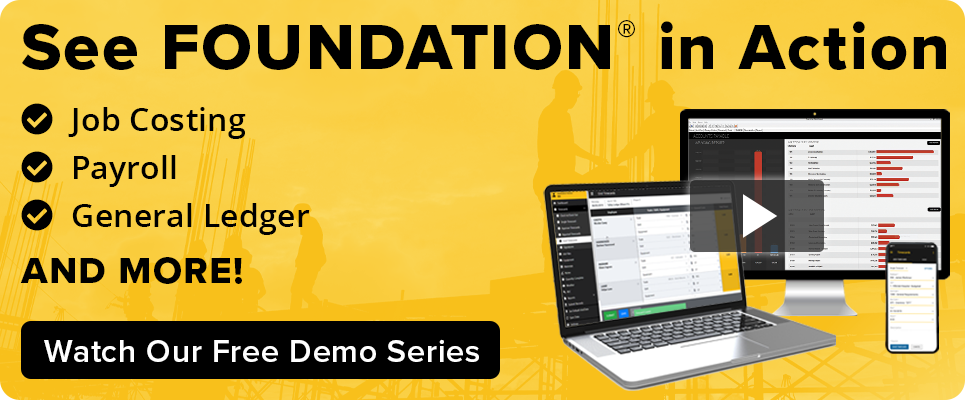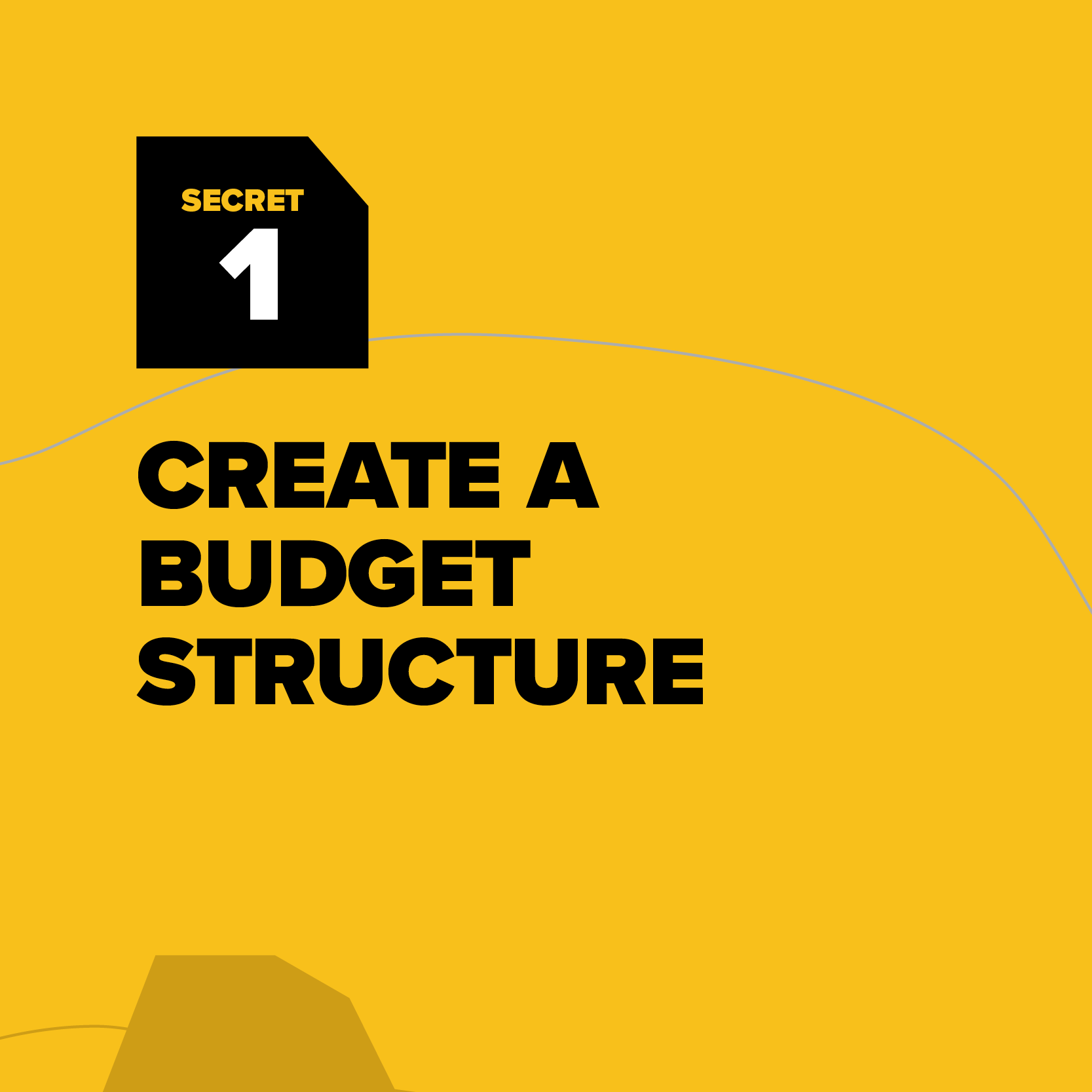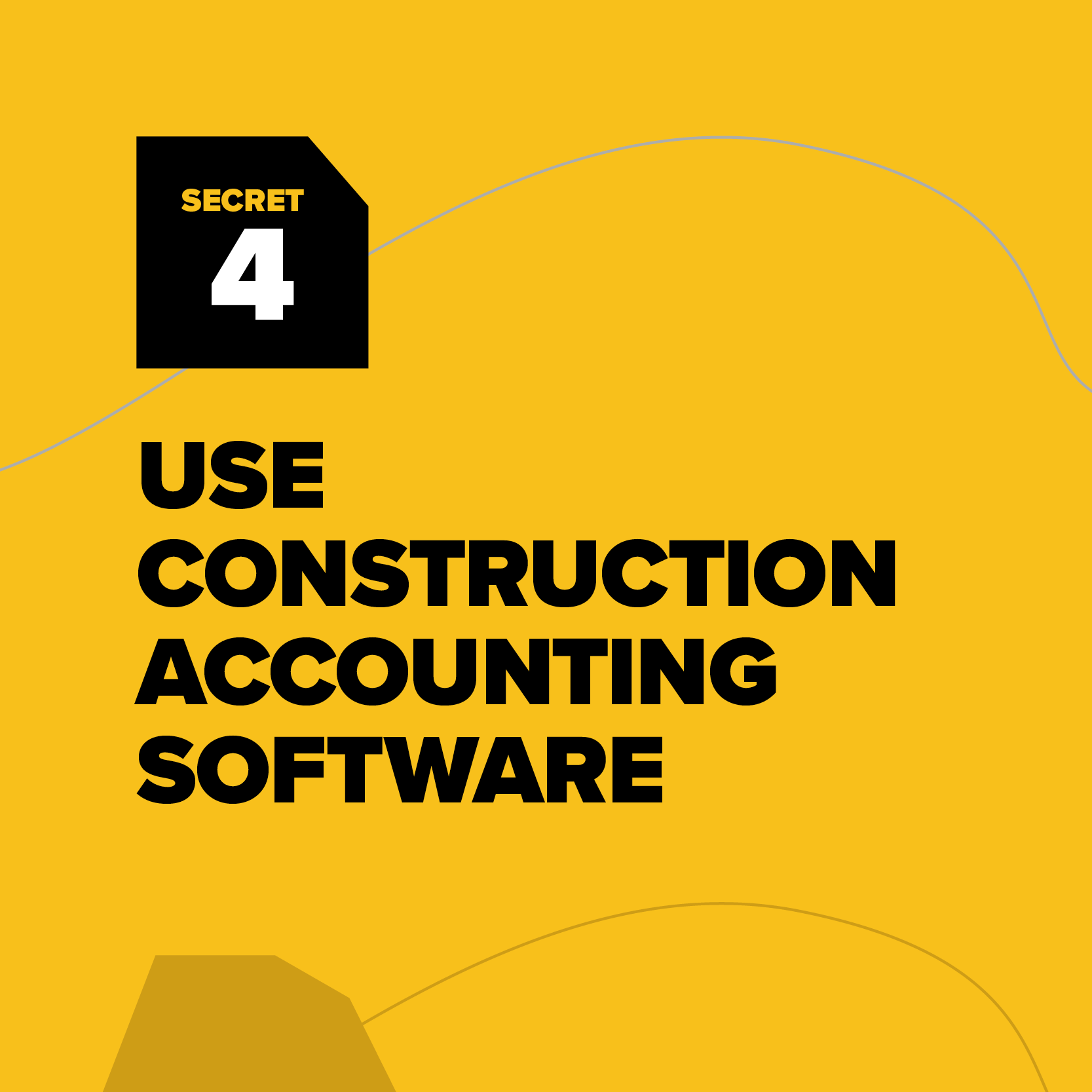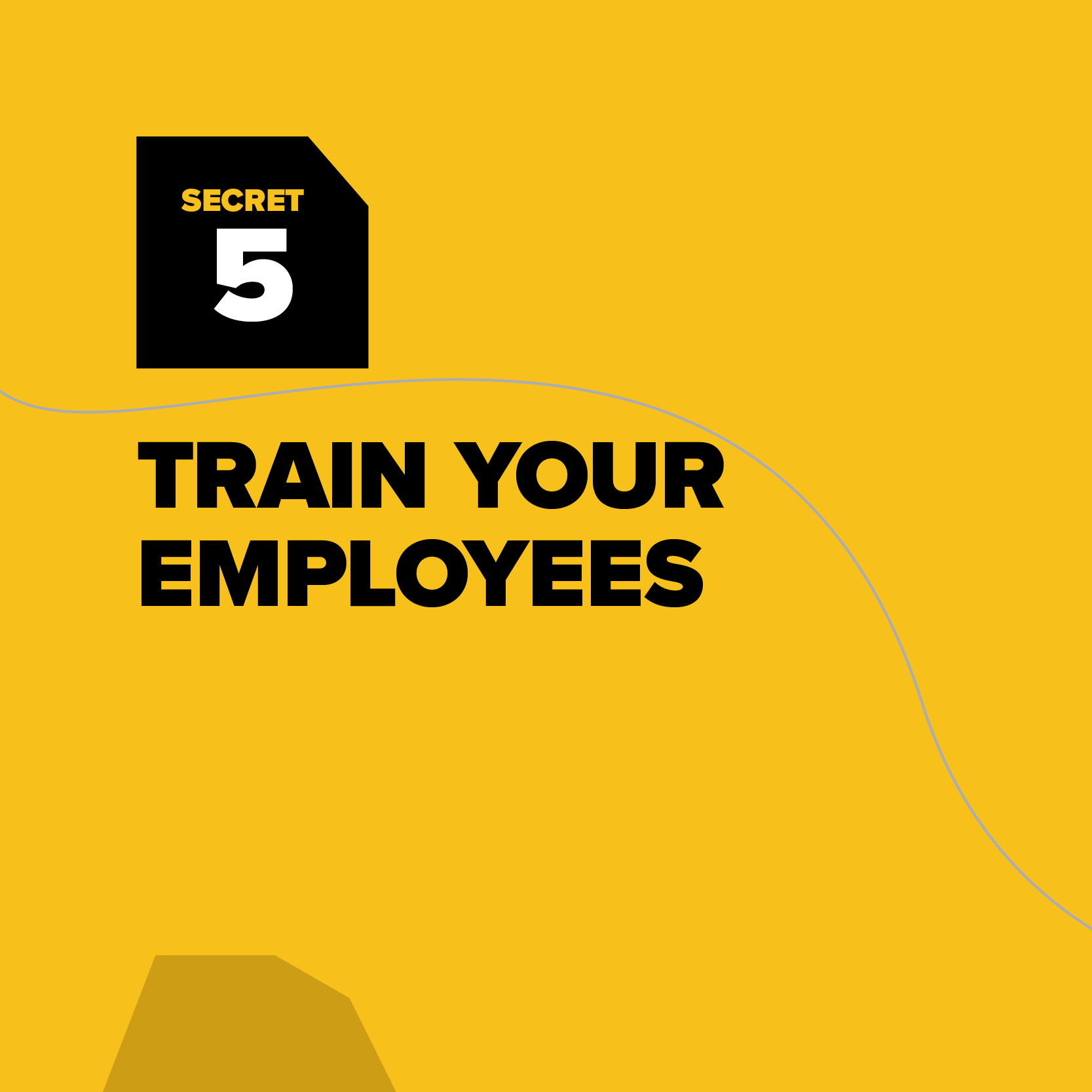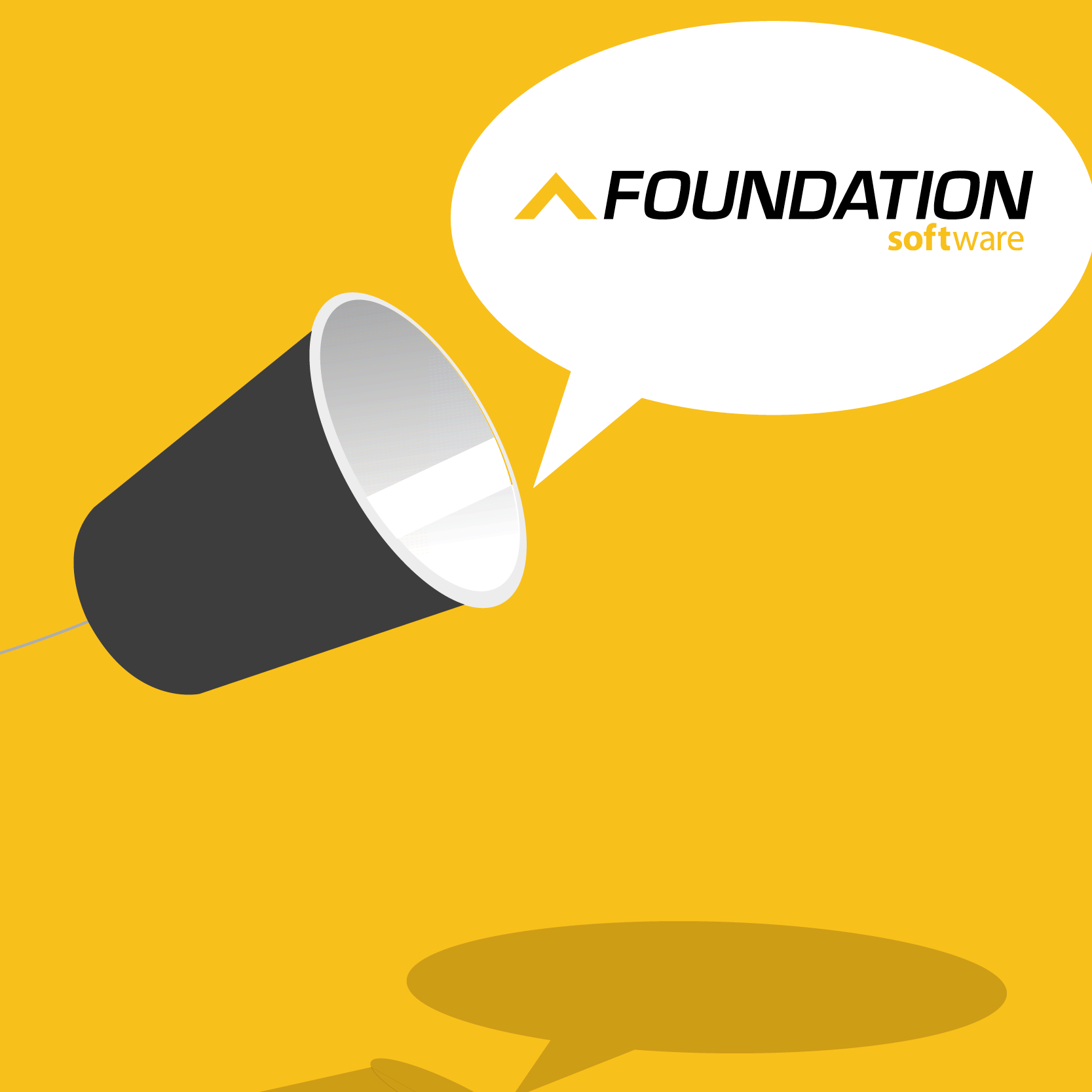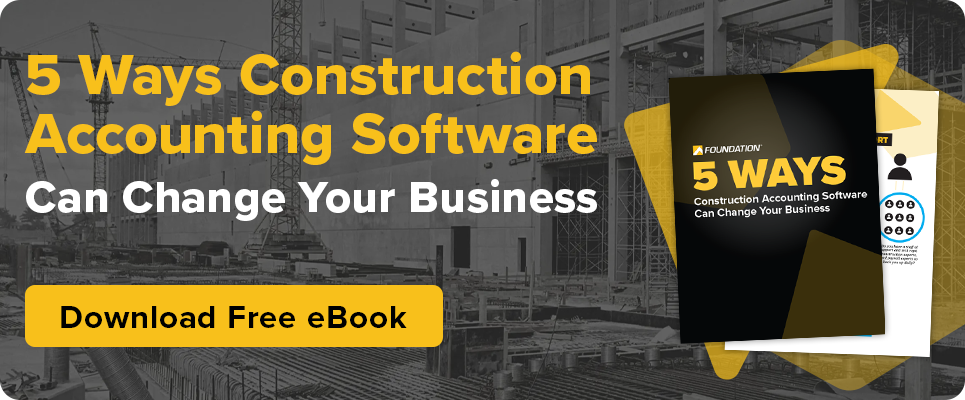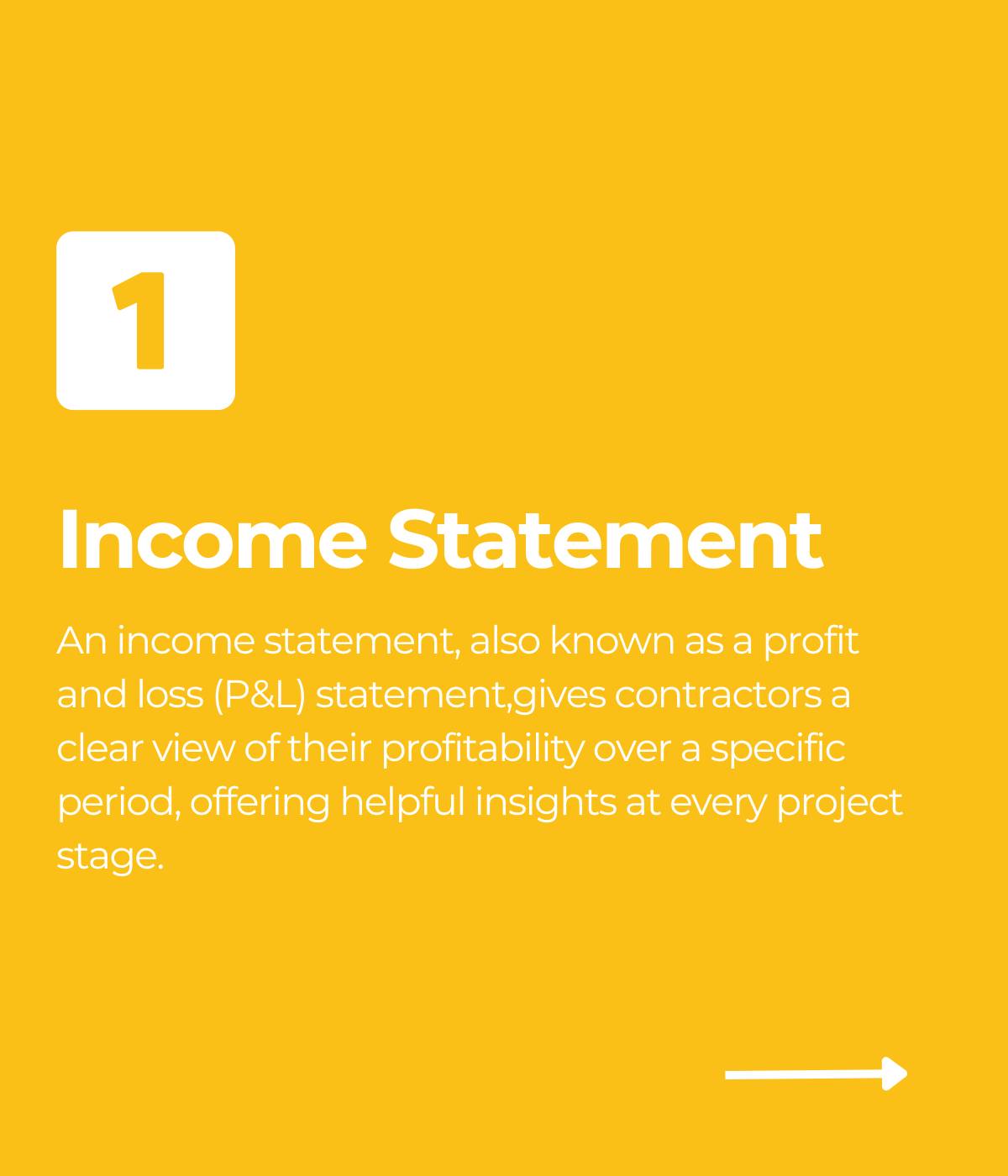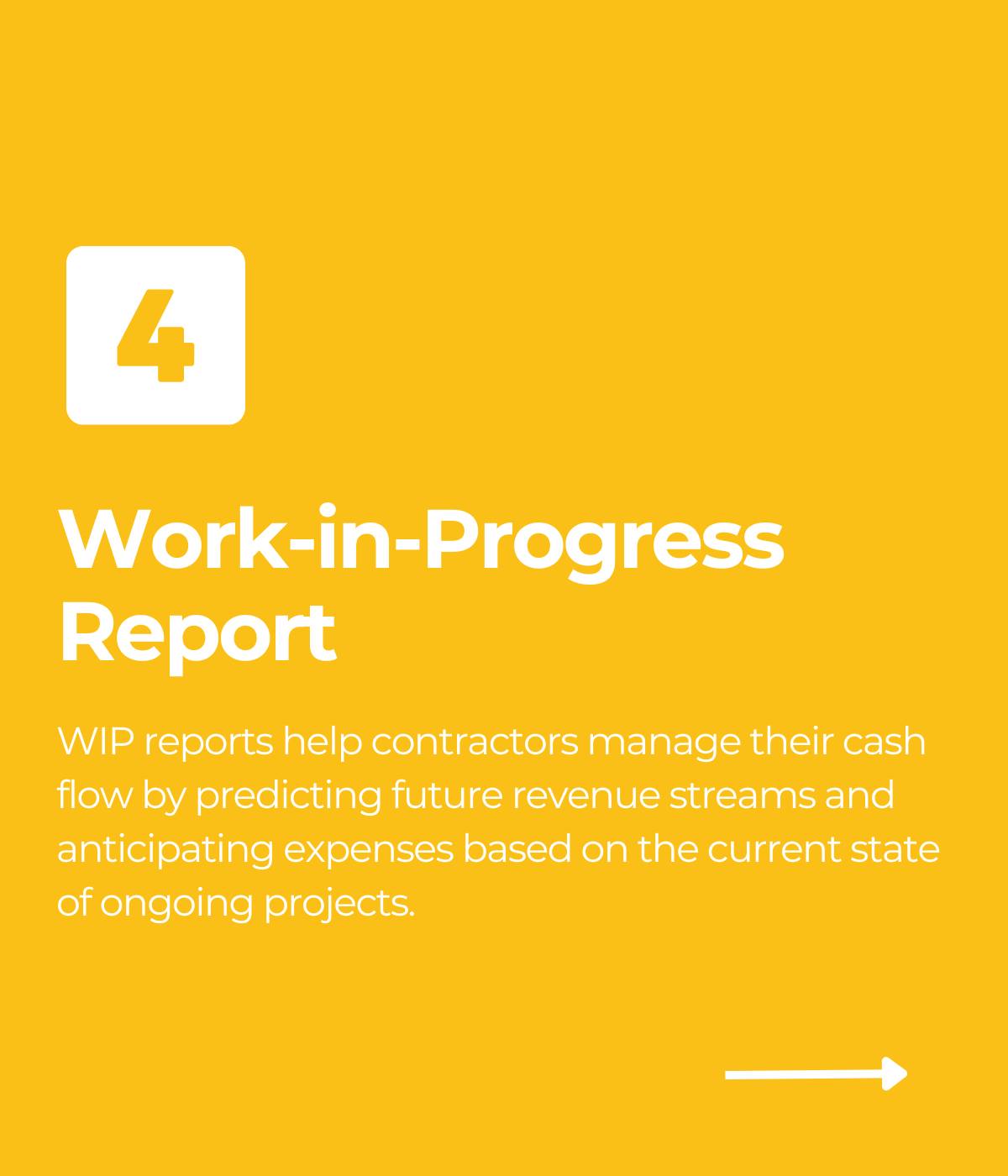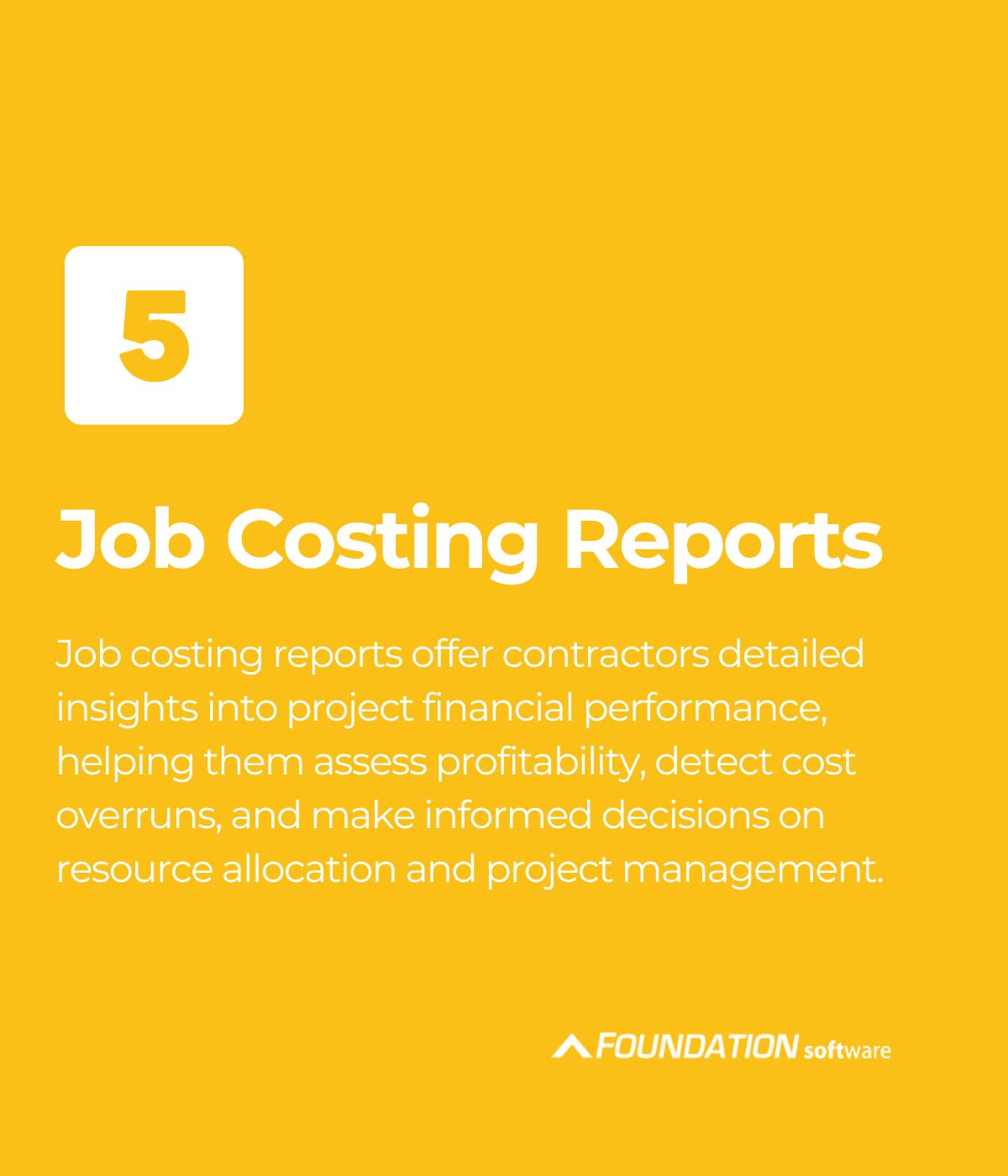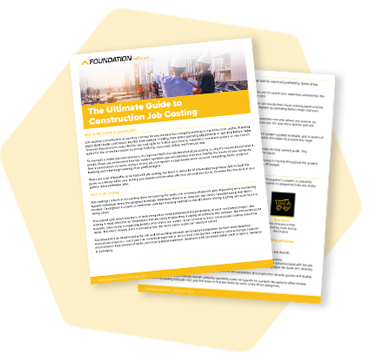
Successful job costing can mean the difference between a profitable construction business and one that struggles to stay alive. In a survey completed by Construction Research Corporation, 75% of contractors indicated that job costing was among their top concerns for their business.
Job cost accounting can have a wide array of positive effects for your business.
Whether it’s monitoring your job progress, analyzing cash flow, or creating a comprehensive record of past expenses, job costing can make or break a construction firm. Leveraging the power of construction accounting software with built-in customizable job costing can help guarantee profitability on every job.
Whether you have yet to implement a job costing system or are looking for a way to refine your current system, knowing the ins and outs of job costing can be the secret to your business’ success.
Key Takeaways:
- Job costing is essential for construction businesses. It helps track project expenses and identify areas for improvement, ultimately increasing profitability.
- Successful job costing involves three phases: planning, practicing, and probing.
- Real-time data on project expenses lets contractors make informed decisions about resource allocation, pricing strategies, and project acceptance.
- Automating cost categorization minimizes human error and ensures consistent data for better financial analysis.
- Use construction accounting software to streamline the process and gain valuable insights into project costs.
- See how FOUNDATION can help reap the benefits of job costing to maximize its effectiveness.
The Purpose of Job Costing
On a simple level, job costing can be defined as a management control process of tracking and categorizing every cost incurred in business. The costs are usually associated with a particular job or construction project and then further categorized by the costs’ relation to:
- Labor
- Burden
- Materials
- Subcontracts
- Equipment
In most job costing systems, the costs are also associated with tasks on the job or types of work completed. The goal is to pinpoint detailed information about how and why costs are incurred. Knowing this information can help a contractor with:
- Tracking the progress of jobs as they are worked, as opposed to after they are finished.
- Improving the estimating and scheduling process by discovering where estimated costs frequently vary from true costs.
- Controlling purchasing and use of materials and labor by uncovering trends in spending.
- Determining which areas of the business are most or least profitable.
Job costing can benefit contractors of every trade and size. The ability to pinpoint the specific areas where money is made or lost is the key to success for any business.
Implementing Job Costing
Knowing where and how to start job costing can seem overwhelming, but don’t let this paralyze you into inaction.
Implementing a job costing system can be broken down into three manageable phases. If you focus on the tasks involved in each phase individually, the implementation loses much of its vastness and becomes much more controllable.
The three phases of implementing a new job costing process or tweaking an existing one are:
Planning
Planning a new system can seem very daunting. The key is to dive in. Start by asking questions of your staff like:
- What job costing is currently accomplished – even at the most rudimentary level?
- Do your accounting staff, project managers, or field laborers track or categorize anything related to cost?
- Are completed quantities recorded?
- What reports would they like to see?
- How important are things like production reports?
- Will they be able to provide you with the information you need to produce them?
Research the job costing reports your current and other software systems can provide. These can serve as examples in discussions with your staff and give you a good idea of the possibilities of job costing.
Practicing
After the planning phase, it’s time to put the system to use. However, you may want to start small by costing just one job or one type of job.
For example, forgo costing any jobs already in progress and only worry about the jobs for which you’ve already created a budget. As you get used to the processes and begin new jobs, deploy the costing system across the board.
Probing
Putting your new system into practice may take some time, but once it is in place, you can probe the results of the job costing system.
If your new system works well, you should have a usable cost structure that works for all your jobs. The structure will make it easy to reduce overhead costs, tune billing procedures, and receive information from the job cost reports.
However, be sure to ask yourself some additional questions:
- Are you getting all the information you need?
- Are all construction costs categorized – and is the categorization correct?
- Are the reports adequate for analyzing the information in many ways?
Secrets of the Veterans
Why reinvent the wheel? Capitalize on the experience of other contractors who have traveled down this road already. Follow the ten tried-and-true secrets below to see the best results from your new system.
Secret One: Budget Structure
When designing a job costing system, keep in mind how you want your budget to be structured. It is not the same as an estimate, rather a budget for your job will often summarize or group many of the details on your estimates.
The budget will be used by the accounting staff to track purchases and payable invoices against anticipated costs. The budget will track the total actual costs for all overhead, material, and labor costs involved in the project.
Since field workers and office staff will track costs and activities to a detailed level, it can help to create a more generalized cost structure that categorizes costs according to tasks on the job.
Secret Two: Define Your Goals
It’s important to define your goals at the start so you know what you need to do and can measure whether your job costing system has succeeded or failed.
This will narrow your task list and help make clear exactly how your system should be structured. Each time you run across an idea, report, or example that you think is interesting, compare it to your goals. If it helps to accomplish a goal, it’s worth considering.
Finally, when you reach the probing stage of implementation, you can easily determine what you’ve accomplished by comparing the results to your goals.
Consider the following kinds of questions when defining goals, among others that are unique to your business situation:
- What is your current per-job profitability and what amount would you like to improve that?
- Who will be interested in job costing reports? How will they use the information? Are reports needed for outside entities such as banks or bonding/surety agencies?
- How much time can be devoted to categorizing costs? To analyze reports?
- Will you estimate or budget all jobs? How will this affect the use of job cost information?
- How much production reporting do you currently do? How accurate are your cost estimates based on this information?
Secret Three: Make Sure It’s User Friendly
Your goals are important, but if you define a job costing system that isn’t user-friendly, it simply will not work. A good job cost system runs on accurate information, so you don’t get severely skewed and misleading reports. You must plan carefully for the usability of your job costing system.
There are two important considerations here:
How Will Information Come from the Field?
Your foremen, supervisors, or field employees must be required to submit timecards that include information relevant to your job costing structure. You may have them include the actual cost categories or ask them to note the tasks on which they worked each day.
Another factor is purchasing done from the field. If project managers can purchase materials, the POs must include cost categories and require approval from someone with access to budget and actual-cost-to-date information to prevent cost overruns.
If job costing is new to your company, your staff will require a period of training and adjustment. You must ensure that supervisors and managers completely buy into the concepts so the correct behavior is modeled and enforced.
How Will Information Be Categorized in the Office?
Remember, every cost incurred must be carefully categorized. Therefore, your office staff may spend a lot of time learning how costs should be categorized. Every purchase order, invoice, inventory receipt, timecard, and more must include job cost details.
Secret Four: Use Construction Accounting Software
While it is possible to create and maintain a manual job costing system, it’s not easy.
The best method involves using construction accounting software specifically designed to accommodate job costing. A comprehensive system should include:
Flexibility in Job Cost Structure
The system should allow you to design your job cost categories in the best format for your goals. It should allow alphanumeric codes for the categories and at least three levels of costs:
- Job
- Task
- Classification, such as labor, material costs, equipment, etc.
Ideally, it should allow multiple levels since your job cost structure might include groupings of different tasks or sub-projects within a job.
Integration of Accounting and Job Costing
Everything should be fully integrated. For example, when you enter timecards, you should be able to code the time the employee worked by cost category, and that information should automatically update job costing.
Ideally, the detail allowed in the breakdown should be very flexible. In timecards, for instance, you should be able to code increments of minutes or hours.
Division of Labor and Burden
Burden refers to the employer’s indirect payroll costs beyond normal wages. It generally includes such things as taxes and benefits.
A good construction-specific system allows you to track the labor and payroll burden costs together or separately. In either case, burden definitions should be flexible enough to allow you to define your types and amounts but tracked automatically with payroll and require no extra transactions.
Suitable Reports
Construction accounting software should offer reports that show cost breakdowns on many levels. It should include total costs for the entire company, including labor costs per task and expenses per cost category on a job.
Most offer drill-down capabilities, which allow you to look at a report with higher-level totals and then click one of those totals to see the detailed breakdown that makes it up. Additionally, ones that allow you to create custom reports can be extremely beneficial and make it quick and easy to generate reports.
Secret Five: Training Employees
Training employees properly is the absolute key to a successful job costing system.
As you begin implementing your job costing setup, plan to spend quite a bit of time with your employees. Plan meetings or training sessions for all employees in all departments and at all levels.
Keep in mind that training doesn’t end after your initial meeting with your employees. You will have to give them reminders and coach them on categorizing costs correctly. You will also need to plan how you handle employees who work in multiple areas of the company and new hires.
Secret Six: Use It On All Of Your Projects
As your job costing system becomes more mature and stable, it should be applied across all projects and jobs you work on. A common misstep is forgetting to include overhead costs in your structure while job costing projects.
These costs may include telephone bills, operating expenses, fuel, marketing, and more. Although not directly job-related, they are costs that you have incurred, and you cannot understand job profitability without factoring in overhead expenses.
Ideally, the accounting software you use should allow you the option of job costing overhead expenses and/or performing overhead allocation. Doing both ensures that you can look at overhead costs from two angles:
- If you allocate overhead expenses to an “overhead job” and classify them using cost codes, like how you handle actual job expenses, you can utilize job costing reports for future budgeting and to identify areas where your business expenditures are excessive.
- If you allocate overhead costs, you can compare job expenses with and without overhead, helping you understand how these expenses affect your company's overall profitability.
Secret Seven: Analyze Your Spending Trends
One of the goals of job costing is to analyze where you may be spending the most money on a job, especially in comparison to estimated costs. As you implement your job costing system, don’t forget that the information you’re gathering can also be used to determine and analyze billings. Job costing can:
- Reflect actual costs: Job Costing can provide much more relevant information about your cash flow. If you use a purchasing system that tracks and categorizes committed costs, this information can be used to determine how often and how much to bill your customers.
- Verify progress: Percent-complete, AIA, time & material, or unit price billing allows you to ensure that expenses never get ahead of income for a project. Job cost information can offer hints and verifications of the level of completion for each task on the job, so billing is accurate.
- Categorize costs: Job costing can provide a standardized system of categorizing costs. Categorizing income using the same categories as your costs provides a straightforward comparison of income vs. expense.
Secret Eight: Analyze Your Results
In the planning phase of the implementation process, express your goals with specific, measurable targets. After the system has been in place, analyze the data and determine how close you’ve come to your goals.
Determine if the job costing system has improved your business and verify the job costing system is working for your company. If you’re not meeting your goals, spend some time using the numbers to determine why that is.
Ask yourself the following questions:
- Where are my highest costs? Where are my largest profit margins? Are there positive or negative correlations between these two areas?
- Does this information indicate that any business processes need to be changed? Can I make something we do more efficient or less expensive?
- How much time is being spent on categorizing and recording costs? Is the investment of time worth the return on information?
Secret Nine: Try Different Methods
Given the information you determine from comparing the results to your goals, you should have a general indication of how your job costing system is working. If you design it properly and your accounting system offers enough flexibility, you can try different things here and there, wherever appropriate.
Don’t be afraid to try new methods or procedures, such as using different cost categories on different jobs, having different people responsible for cost categorization, or implementing new rules for how things are costed.
Secret Ten: Grow Your Business
The three-phase process of implementing an accurate job costing structure is a never-ending circle. Just as your business will grow from your use of job costing, your job costing system will change from the growth of your business. Use the information that you gather from job costing reports to improve not only your business but your way of doing business.
FOUNDATION Construction Accounting Software Can Simplify Your Job Costing
Investing in a job costing structure that works for your company is a strategic move that holds immense value for construction companies. It can revolutionize how you manage finances, projects, and overall operations. Job costing enables you to:
- Work more efficiently
- Reduce the time and effort required for routine tasks
- Help to save money
With the ability to effectively monitor project budgets, track expenses, and categorize costs, you can earn real-time insights into projects to ensure they are completed on time and within budget.
Investing in construction accounting software, like FOUNDATION®, that offers robust job costing software can offer numerous benefits for your company. With customizable reporting, detailed breakdowns into expenses, and cost breakdowns, we can help your company improve efficiency and accuracy.
Share Article
Keep on current news in the construction industry. Subscribe to free eNews!
Our Top 3 YouTube Videos
Learn about our software more in depth with product overviews, demos, and much more!
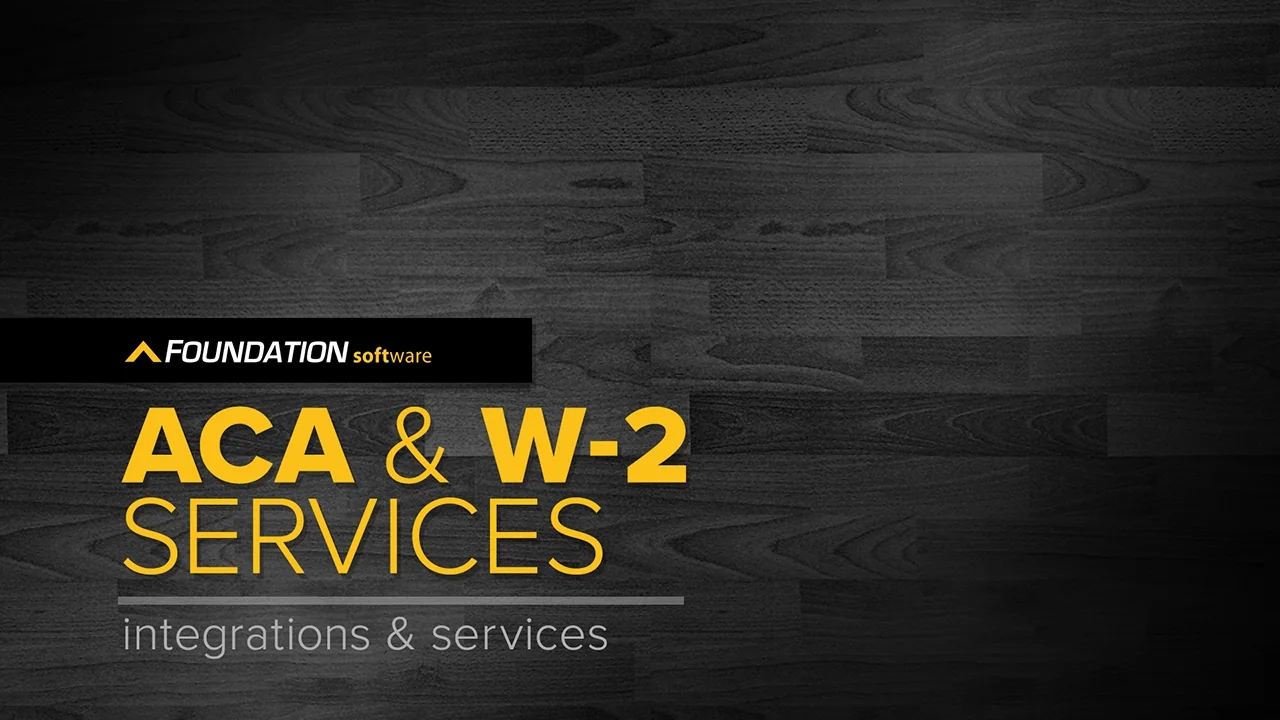
Our ACA reporting & e-filing services include official 1094-C and 1095-C IRS reporting, optional e-filing (no applying for a TCC code required), mailing to your employees and experienced support to help you.
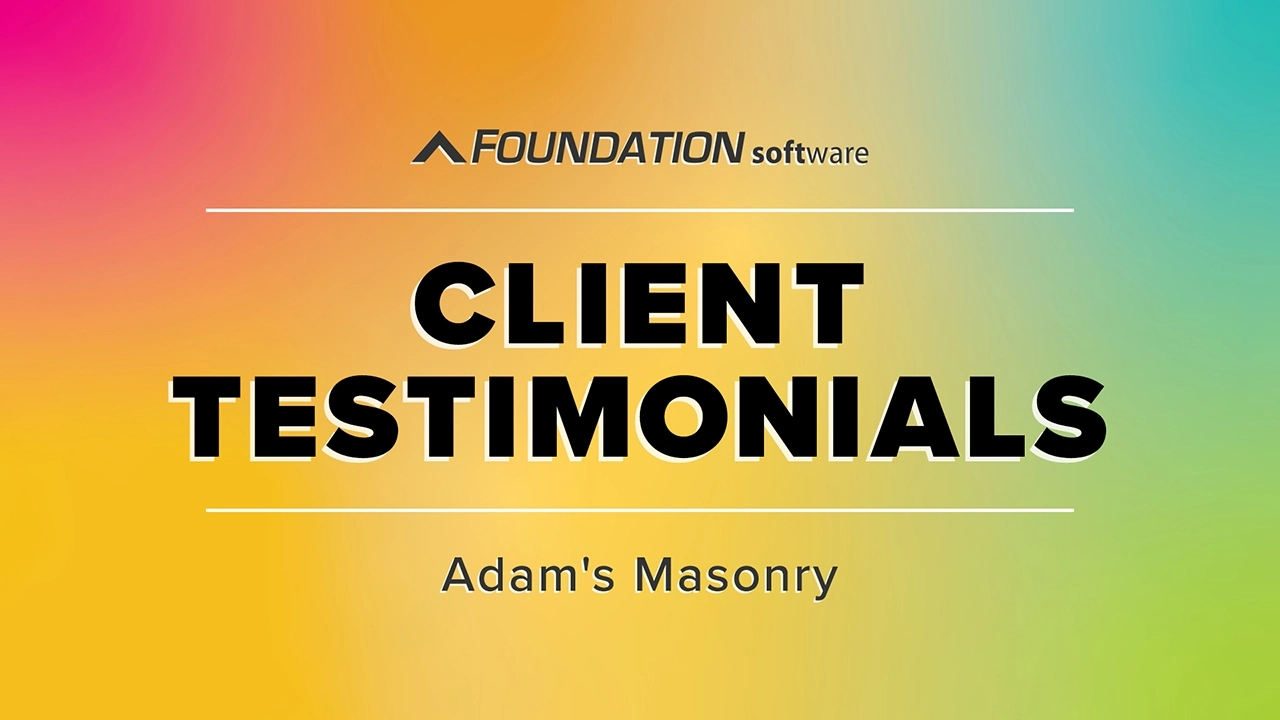
There are plenty of reasons to make FOUNDATION your choice for job cost accounting and construction management software — just ask our clients!
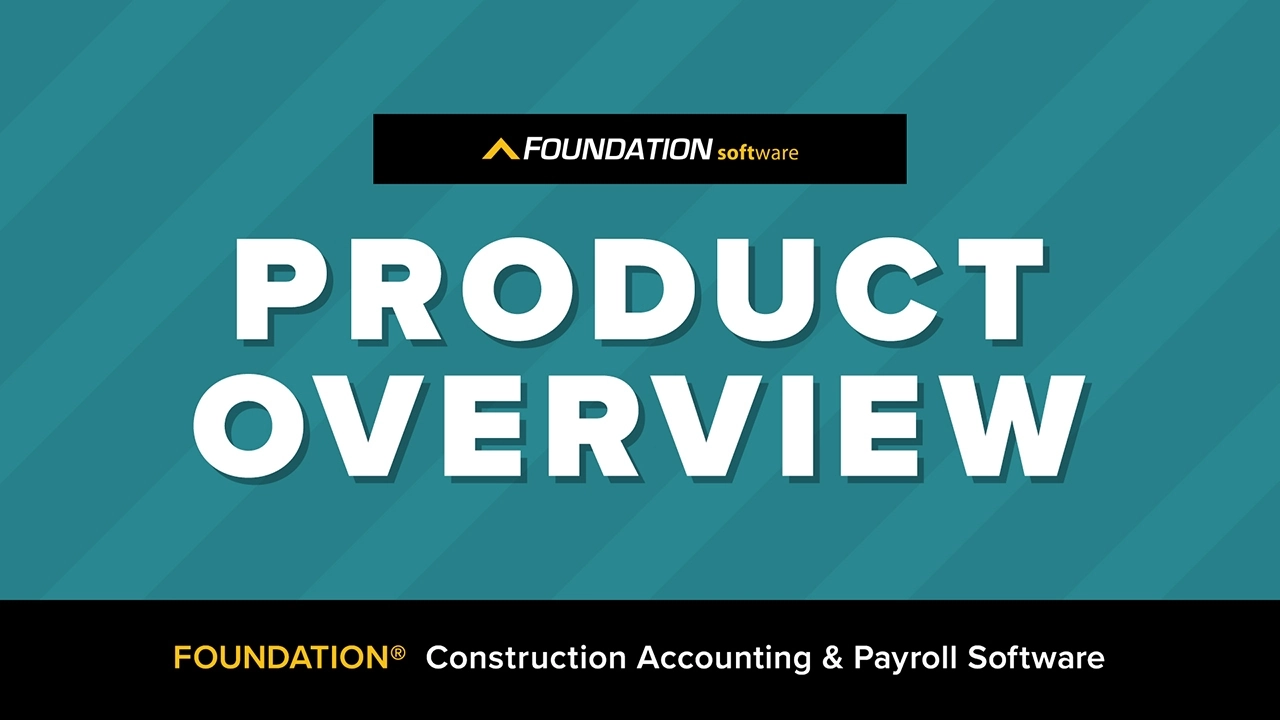
From job cost accounting software, to construction-specific payroll. Get an overview on your next all-in-one back-office solution.

